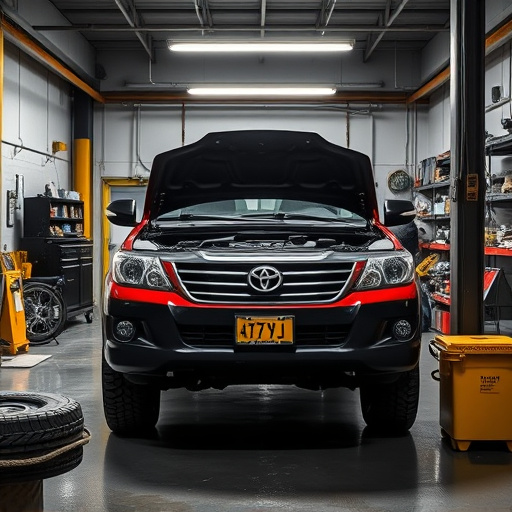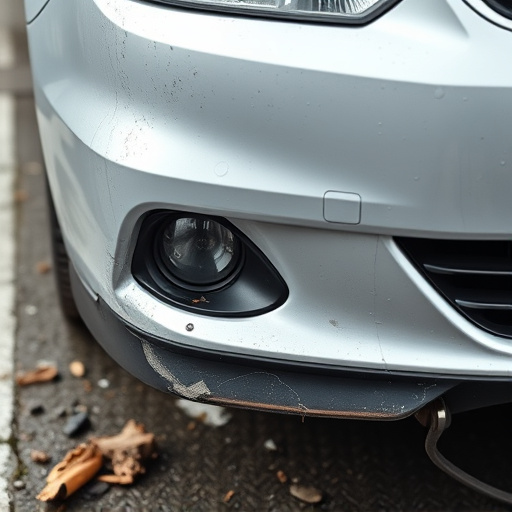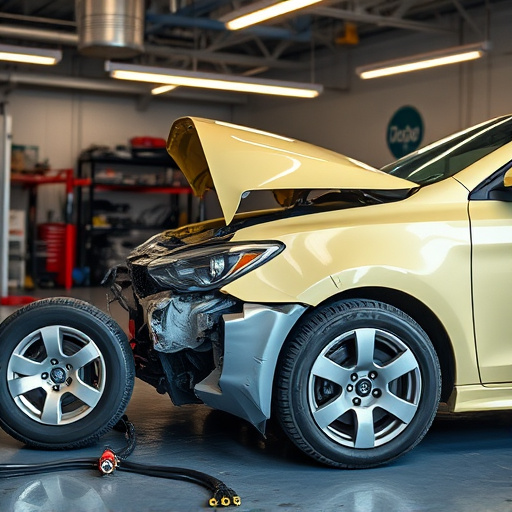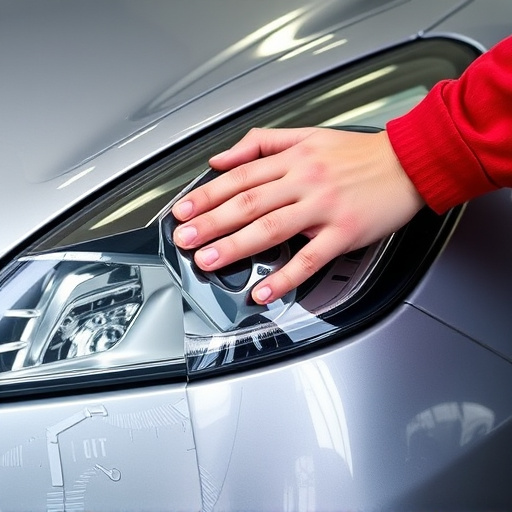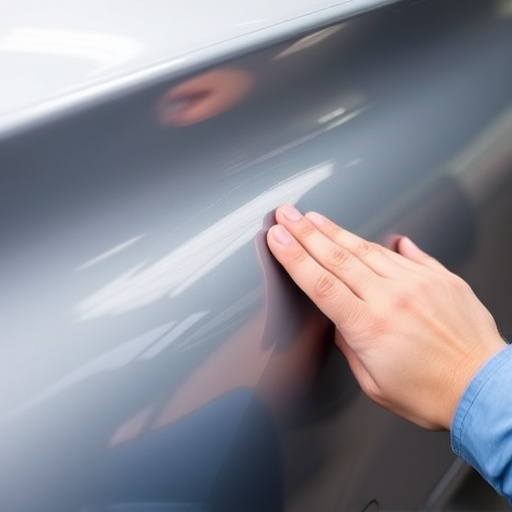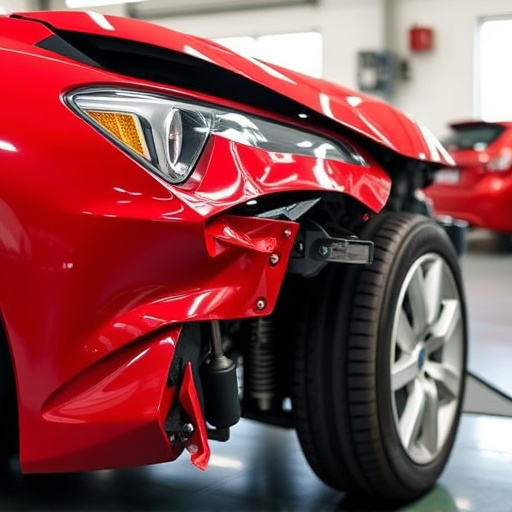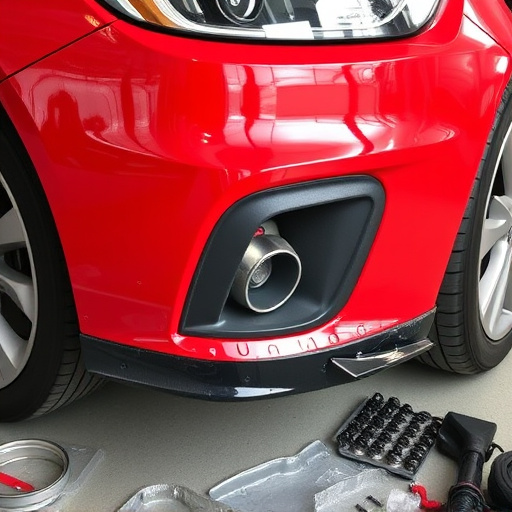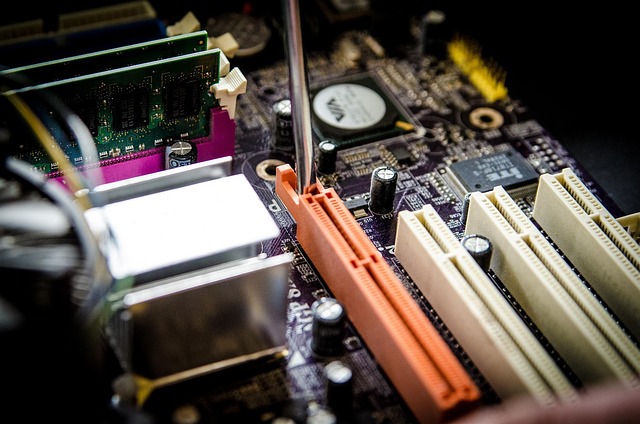After a crash, thoroughly inspect your vehicle for damage, especially to vital axles. Look for unusual noises or irregular tire wear as indicators of potential issues. Take your vehicle to a reputable car body shop for a professional assessment and necessary repairs to ensure safety and prevent further complications.
After a car crash, identifying potential axle damage is crucial for safe and effective vehicle restoration. This guide provides insights on recognizing signs of axle harm, from visual inspections to unusual noises. We’ll walk you through evaluating the extent of the damage and outline practical steps for axle repair, ensuring your vehicle’s structural integrity and performance. Learn how to navigate the process of axle repair after an accident efficiently and effectively.
- Signs of Axle Damage After a Crash
- Evaluating Scope of Axle Repair Following an Accident
- Steps for Axle Repair After an Automobile Incident
Signs of Axle Damage After a Crash
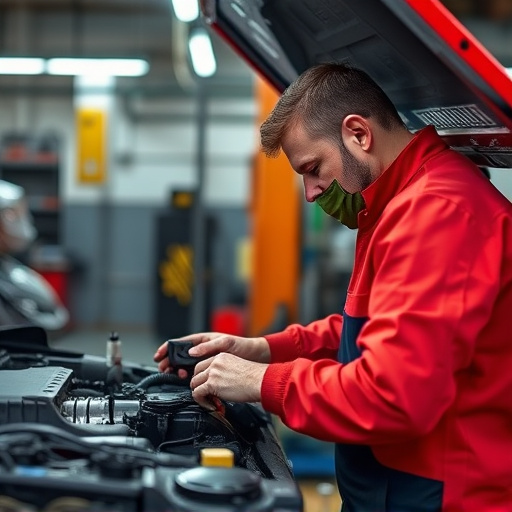
After a crash, it’s crucial to inspect your vehicle for signs of damage, especially to vital components like the axles. While some axle issues might be apparent, such as visible cracks or severe bending, other damage may require professional diagnosis. Look for unusual noises coming from the wheels during driving, like clicking or popping sounds, which could indicate misalignment or structural damage. Moreover, if your vehicle pulls to one side while steering or shows irregular tire wear patterns, these are strong indications of potential axle problems.
Don’t delay in seeking axle repair after an accident; taking your vehicle to a reputable car body shop for a thorough inspection is essential. Skilled technicians at a professional car repair shop can detect subtle damage and perform the necessary repairs, ensuring your safety on the road. Remember, prompt attention to axle damage could prevent further complications and costly fender repairs down the line.
Evaluating Scope of Axle Repair Following an Accident
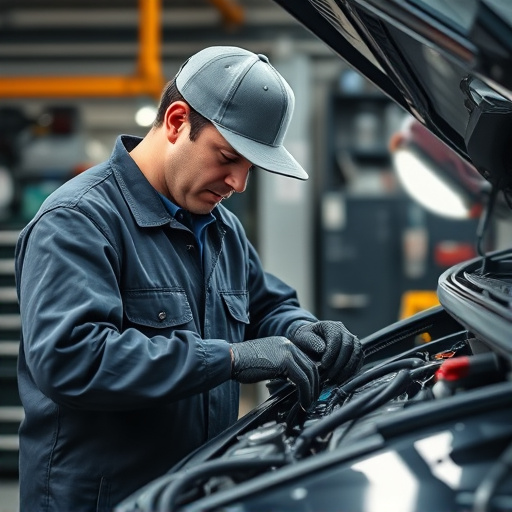
After a crash, evaluating the scope of axle repair is crucial. Start by inspecting the axle for visible damage, such as dents or cracks. Axles are critical components that connect wheels to the vehicle’s suspension system, so even minor damage can compromise their integrity. If you notice any abnormalities, it’s best to consult with a professional auto repair service. They have the expertise and tools to thoroughly assess the damage, ensuring no hidden issues go undetected.
Consider taking your vehicle to a reputable vehicle body shop for a comprehensive check-up. Skilled technicians can perform diagnostic tests and use advanced equipment to detect even subtle flaws in the axle assembly. This meticulous process is essential in determining whether the axle requires simple adjustments or if it needs to be replaced entirely, guiding you towards the most effective and cost-efficient auto repair services.
Steps for Axle Repair After an Automobile Incident
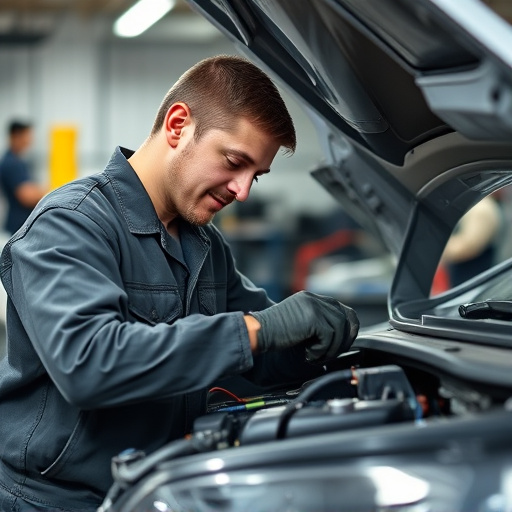
After a vehicle collision or accident, determining if your axle is damaged is crucial for ensuring safe and reliable operation of your car. Here’s a systematic approach to identifying and rectifying any issues with your axle repair after an accident:
1. Visual Inspection: Begin by conducting a thorough visual examination of the affected area. Look for signs like bent or distorted axle components, cracks in the axle housing, or misaligned wheels. These indicators suggest potential damage that requires further evaluation and repairs.
2. Check for Leaks: Next, check for any leaks from the axle assembly, especially if there are signs of impact or stress on the area. Leaks can point to issues with bearings, seals, or other internal components, all of which may need replacement during your axle repair after an accident.
3. Utilize Diagnostic Tools: Employ diagnostic tools designed to assess vehicle systems, including axles. These tools can help pinpoint specific problems and guide your axle repair after accident procedures. They might include advanced scanners that read codes from the car’s computer system or more basic hand-held diagnostic devices.
4. Seek Professional Assistance: For extensive damage or complex repairs, it’s best to consult a professional mechanic. They have specialized tools and expertise for hail damage repair, vehicle collision repair, and car body restoration, ensuring your axle is expertly addressed and restored to optimal condition.
5. Replace if Necessary: If the inspection reveals significant damage that cannot be safely repaired, replacement may be required. This involves sourcing compatible parts, disassembling the affected components, and installing new axles as needed.
When assessing damage from a car crash, paying close attention to potential axle issues is crucial. Recognizing signs of axle damage early can lead to prompt axle repair after an accident, ensuring your vehicle’s safety and stability. By understanding the evaluation process and following structured steps for axle repair, you can effectively navigate the aftermath of an automobile incident, restoring your vehicle to its pre-crash condition. Remember, timely action regarding axle repair after an accident is key to preventing further complications and maintaining optimal driving conditions.
